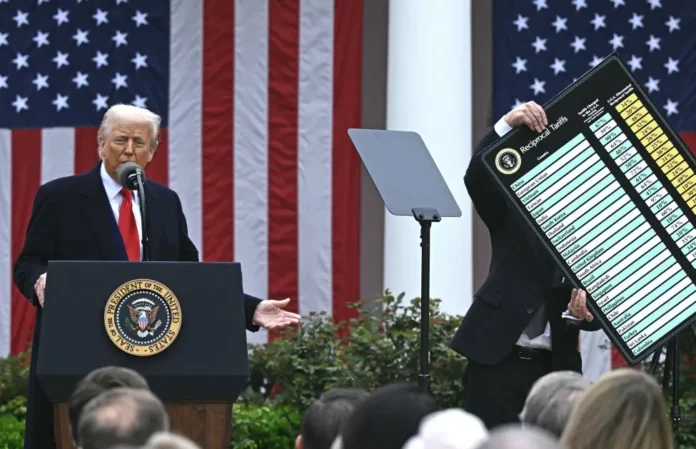
Adam Smith enlightened the science of economics when he discovered that the division of labor and cooperation were the sources of the wealth of nations. Smith used the example of a workshop of artisans making pins: some cutting the wire, others sharpening the points, others shaping the heads, and the last group attaching them, producing thousands of pins, while a lone craftsman in his workshop could not manufacture even a fraction of the pieces achieved through the division of labor.
In the same way, but on a larger scale, the division of labor among nations—each one specializing in the tasks it performed best and exchanging with others to meet the rest of their needs—ensured the deepest development of wealth for all. This was possible if trade was encouraged both within countries and among them. The increased productivity made possible by the division of labor lowered the cost of goods, raised consumption, and thus wealth was shared among more populations.
This vision was rejected by the German thinker Friedrich List, who defended protectionism as an appropriate policy for those who arrived late to industrialization, as was the case with Germany, accusing England of exploiting the rest of Europe. There we find the origin of the opposing views between liberalism and conservatism in matters of trade—views that have served as a banner for economic nationalism everywhere.
It is clear that Donald Trump’s new protectionism draws—unwittingly—from the ideas of List and is even more reactionary in defending the prerogatives of an imperial power. Trump claims to be exploited by the rest of the world, when in fact the United States has been both architect and beneficiary of globalization, from which its president now claims victimhood.
Trump’s so-called “exploitation” consists in running a negative trade balance with the rest of the world—a consequence of being a country that consumes more than it produces, compounded by being less productive than Europe and Japan, which explains its sizeable trade deficits. The exploitation is, in fact, the other way around: U.S. trade deficits with the rest of the world are financed by excessive issuance of its currency, which remains the world’s leading international reserve currency.
*Machine translation proofread by Janaína da Silva.


